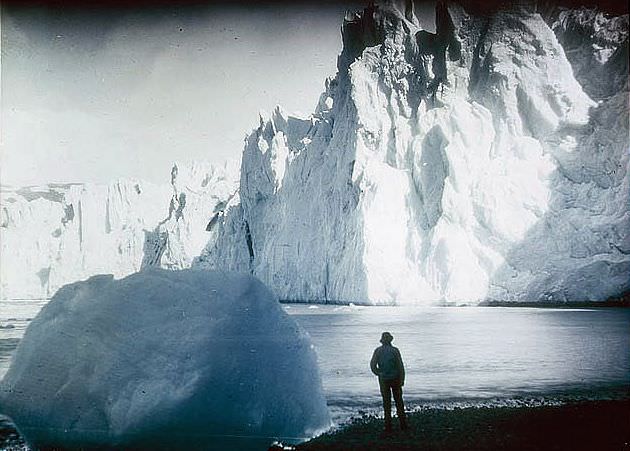In 1914, Australian photographer Frank Hurley joined Sir Ernest Shackleton’s Imperial Trans-Antarctic Expedition. His role was to document the ambitious journey, which aimed to be the first to cross the Antarctic continent on foot. Hurley brought with him advanced photographic equipment, including gear for creating color images.
The expedition sailed south on a ship named the Endurance. By early 1915, the vessel became trapped in the dense, shifting pack ice of the Weddell Sea. The ship was held fast, unable to move forward or backward. For months, the 28 men of the expedition were prisoners of the ice, drifting with the frozen sea.
Throughout this period, Frank Hurley worked constantly. He documented the crew’s daily life and the stark, beautiful landscape of Antarctica. He took many photographs using a technique called the Paget Plate process to create color images. This was a complex and demanding method for the time. It involved a two-step process. First, a black-and-white negative was made through a special color screen plate. Then, a positive transparency was created from that negative and bound together with another color screen plate, which had to be perfectly aligned to produce the final color image.
Read more
The process required long exposure times, making it difficult to capture moving subjects. Hurley had to convince the crew members to pose motionless for extended periods in the bitter cold. He captured stunning scenes of the Endurance locked in the ice, with its masts and rigging standing out against the vibrant blues of the icebergs and the colors of the Antarctic sky. One famous color photograph shows the ship illuminated at night by a series of flashlights, a ghostly but beautiful sight in the polar darkness.
In October 1915, the immense pressure of the ice began to crush the Endurance. The ship’s timbers groaned and splintered. Shackleton gave the order to abandon ship. The crew, their supplies, and their sled dogs were moved onto the ice. As the wrecked ship slowly sank, Hurley was determined to save his photographic record.
The glass plate negatives, which were the foundation of his work, were stored in crates deep inside the sinking vessel’s hold. The hold was already flooded with slushy, freezing seawater. Hurley, with the help of a few other men, waded into the icy water up to their chests to retrieve the precious plates.
He managed to salvage around 400 plates from the wreck. However, because the crew now faced a long and desperate journey across the ice, they could not carry everything. Shackleton and Hurley reviewed the collection together. They selected the best 120 plates to keep. Hurley then deliberately smashed the remaining plates, ensuring that only the highest quality images would represent their expedition. Among the plates he saved were the color transparencies he had so carefully created. These salvaged plates were stored in sealed containers and dragged across the ice on sledges during the crew’s grueling march to safety.


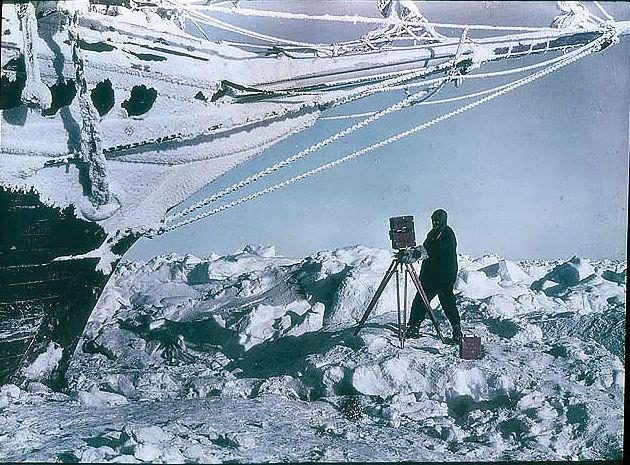
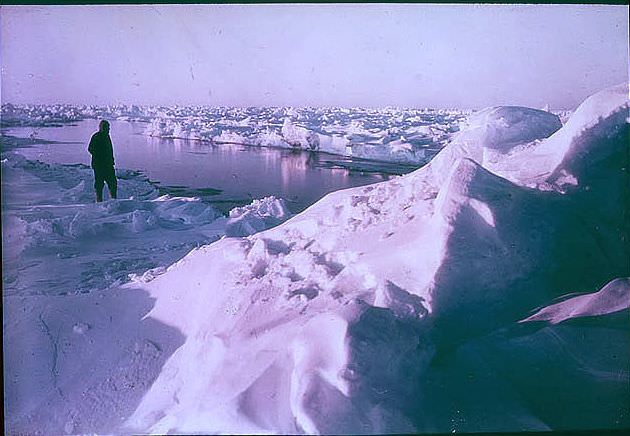
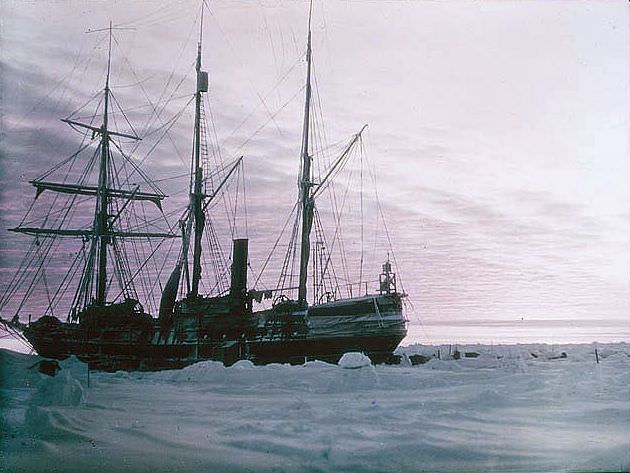
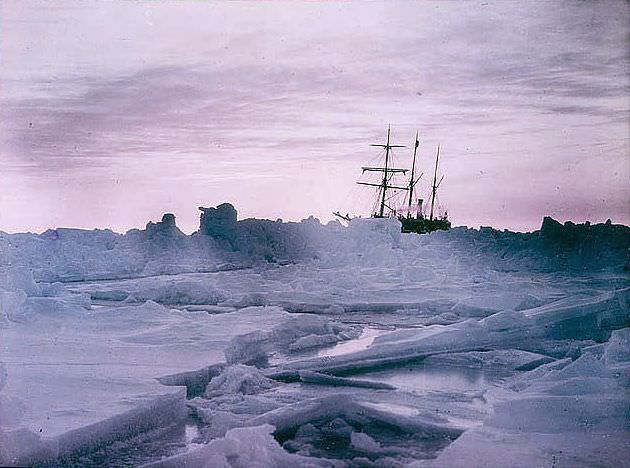
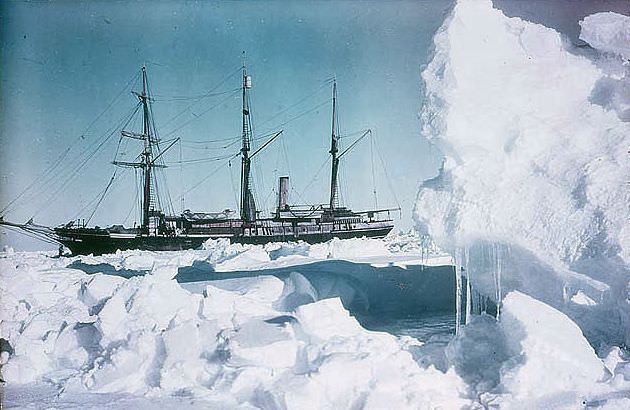
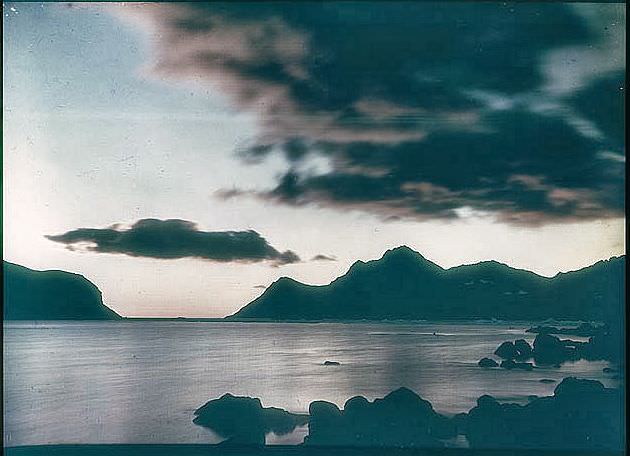

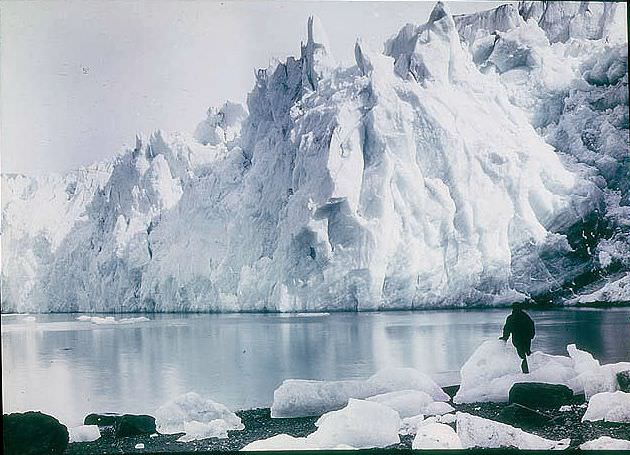
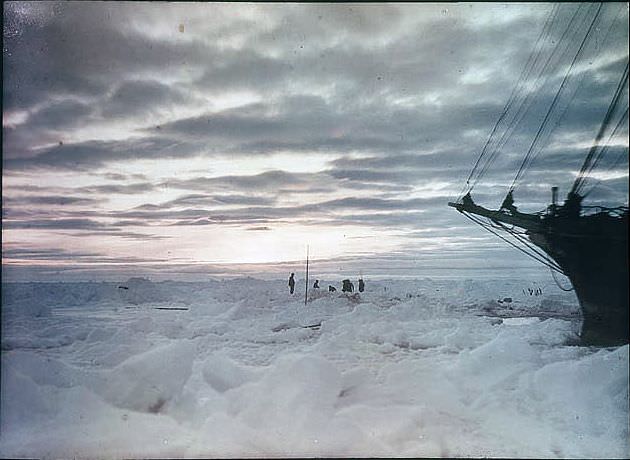
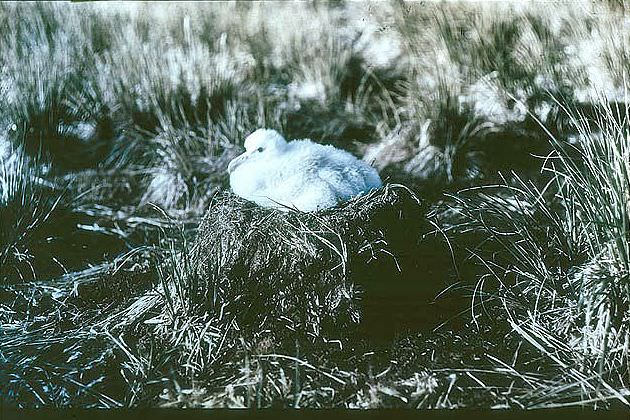

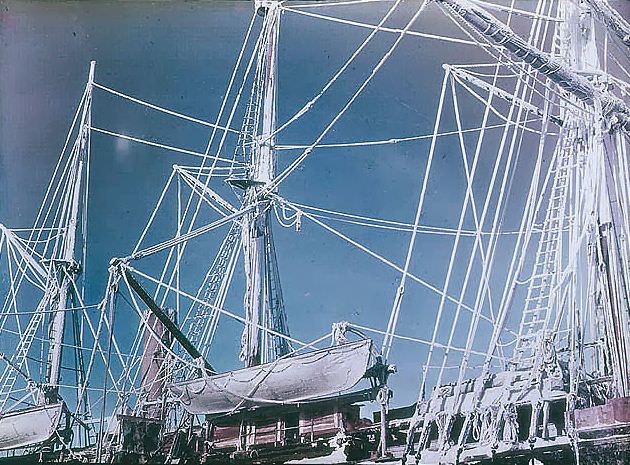
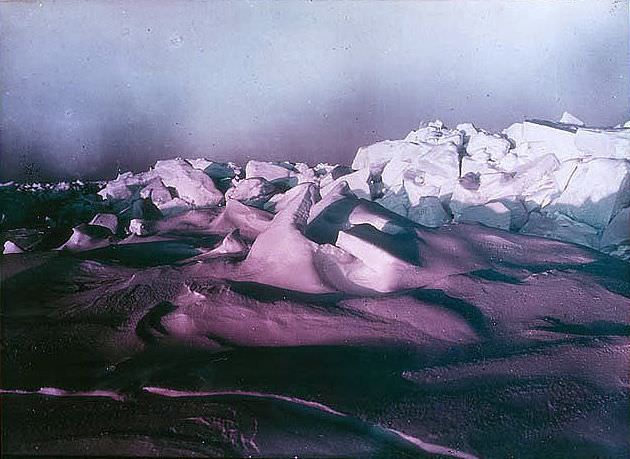
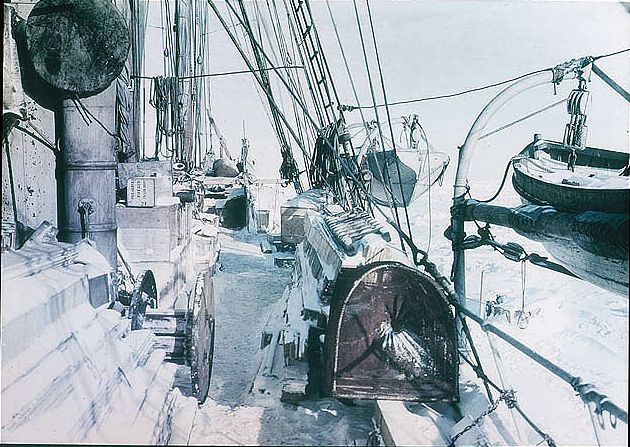
![Glimpse of the Ship ['Endurance'] through Hummocks, 1915.](https://www.bygonely.com/wp-content/uploads/2025/06/Antarctica_1915_Color_Photos_15.jpg)
